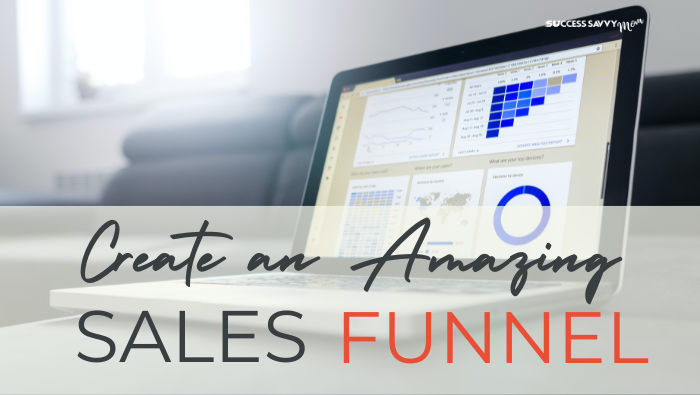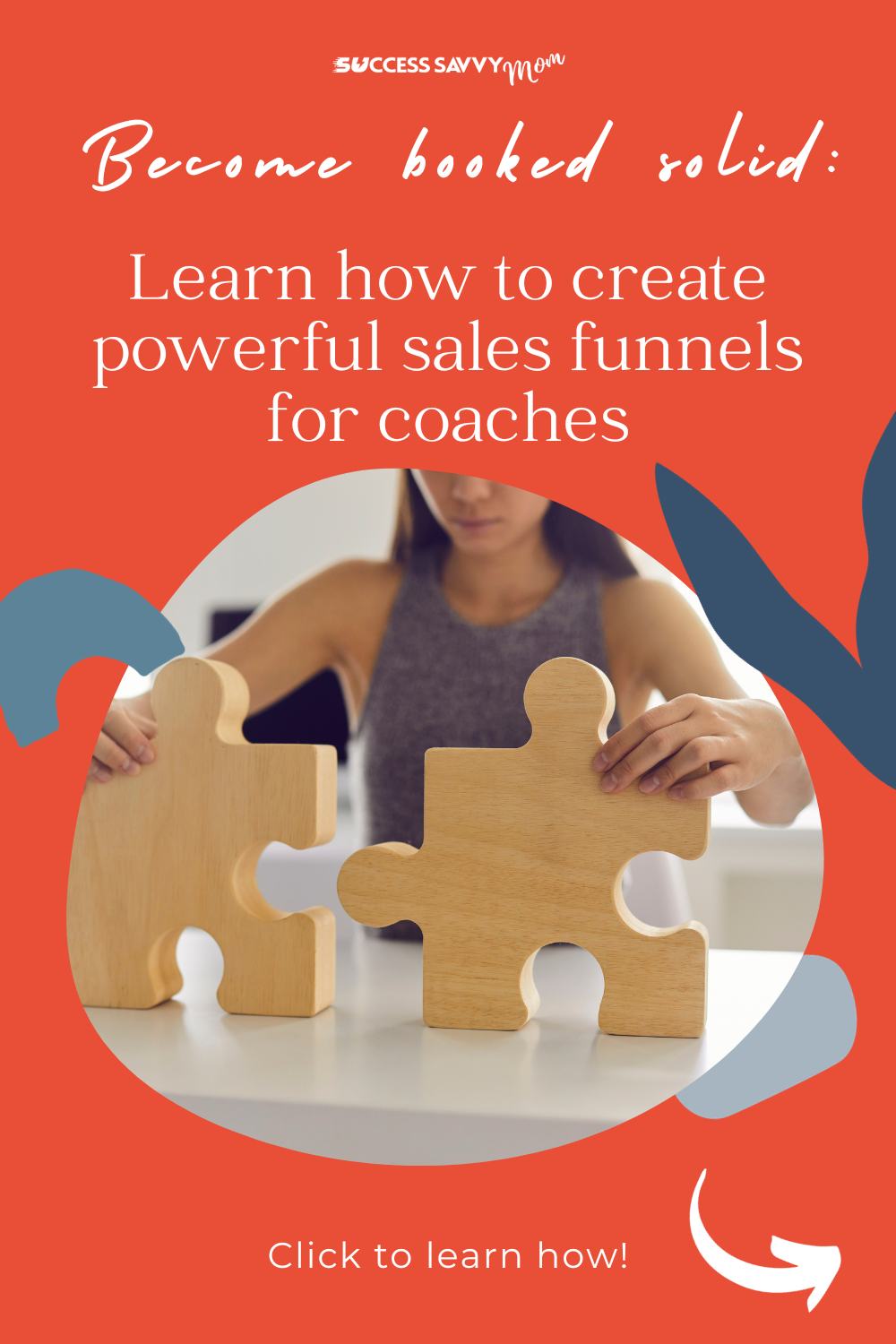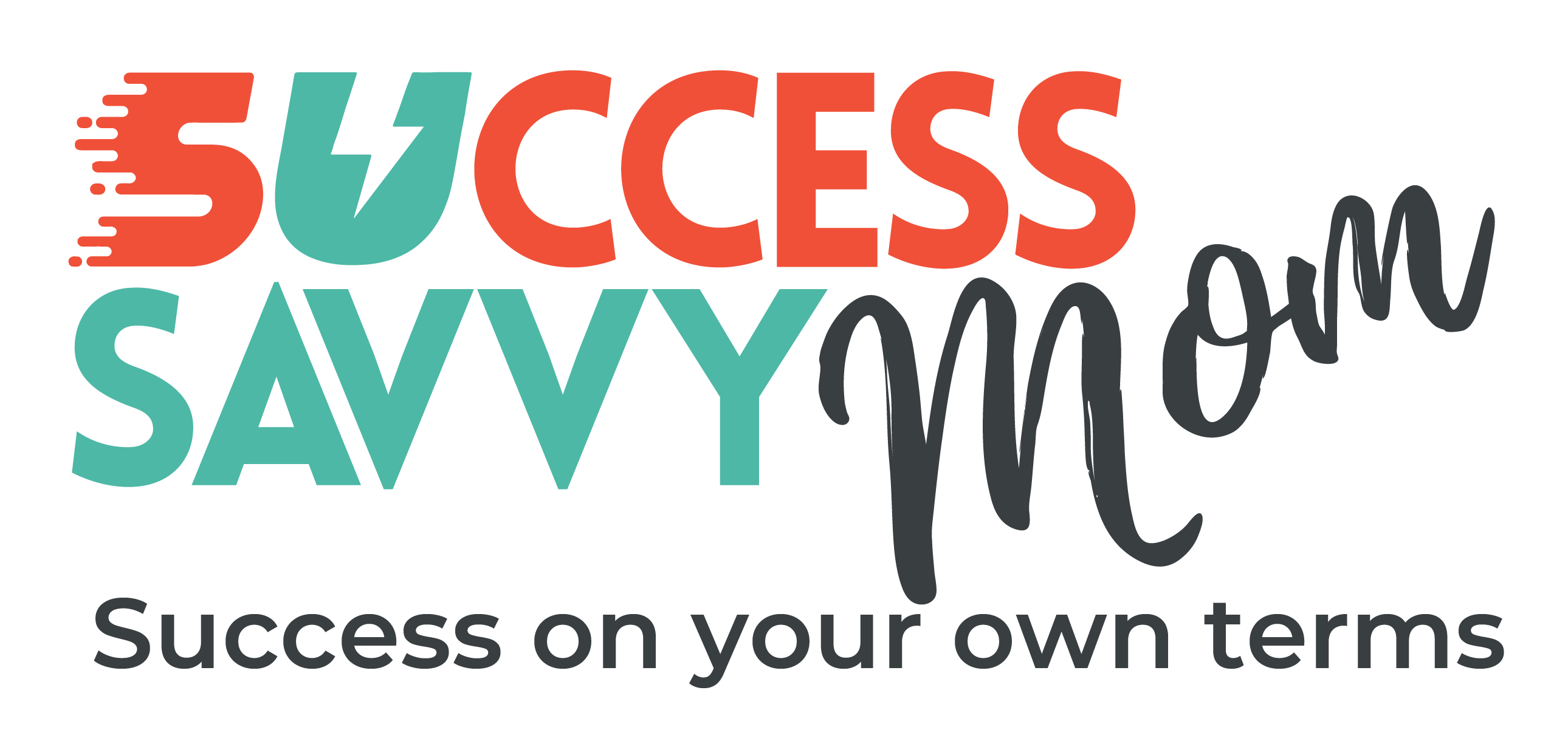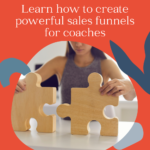
Table of contents:
Here’s what I’ll cover in this article:
- A Valuable Freebie or Lead Magnet
- An Amazing Landing Page
- Upsells and Downsells
- Order Bumps
- An Invitation to a Free Call
- Email Follow-Ups
If you’ve been – or have wanted to be – a coach for any length of time, then you’ve likely noticed how incredibly competitive the space is.
There are many reasons for this, including low barriers to entry, no regulation on who can and can’t call themselves a coach, and high (to very high) income potential, making it an incredibly interesting field.
So with all of this in mind, how can you possibly set yourself apart?
Well, there are many ways.
But in today’s highly virtual world, I truly believe that one of the best (and one of the most important skills to master) is a highly converting sales funnel.
Now, if you don’t know what a sales funnel is, here’s a brief explanation:
A sales funnel is simply what we call the entire process of bringing a potential client from the moment they don’t know you and have never heard of you, all the way to when they sign up to work with you.
There are many kinds of sales funnels and many ways to go about them.
In this article, I’ll go into the anatomy of an automated sales funnel that you set up with the help of an automated software, such as Clickfunnels, Kartra or FEA Create.
So with that in mind, how do we actually create a high-converting sales funnel, tailored for coaches?
Let’s get right into that!
1 – A VALUABLE FREEBIE OR LEAD MAGNET
Every part of your funnel is critical, and each will determine how successful you’ll be overall.
But this first piece, the freebie (also called lead magnet and other names. For the sake of time and simplicity, I’ll refer to them as freebies throughout the article) is what’s going to get your audience’s attention. This means that if you don’t get this right, then no one’s even going to get into your funnel, making all other steps moot.
So… not that we’ve lowered the pressure nicely, let’s get into it! 😀
So first things first –
What is a freebie?
A freebie is something that you’ve created that you’re going to give away, as the name implies, for free… This can be a template, a PDF, a video course, an ebook, a quizz,… It can be a million different things, all that matters is that you’re giving it away for free in exchange for an email.
Even though there are any number of things you could give away (your imagination is the only limit here), there still are a certain number of things that you should consider when deciding what it is that you’re going to create.
Make sure your freebie is good
- It has to be easy to consume: freebies that seem like it will take a lot of time to go through (like ebooks and video courses) don’t perform as well as quick check-lists
- It has to solve a specific problem: make it very clear to your audience exactly what your freebie will do for them. If you’re not solving a clear problem that they have, why would they want it?
- It should be a quick win: freebies that promise results a long way down the road don’t perform very well. People want to know that they’ll be solving the problem they’ve got quickly, so make sure that you’re doing just that and giving them a quick win
- It should be enticing: even though making it pretty won’t make or break it, it’s still a reflection of your brand and business. It should reflect what you do and how you do it!
Now, getting your freebie right will likely take some trial and error. Put something out there, test it out for a bit and see how it performs. If it’s not working, create something new and keep trying!
You’ll get there eventually, just don’t give up 🙂

2 – AN AMAZING LANDING PAGE
This is where people will land once they’ve clicked to get your freebie.
You want to make this page as simple as possible: make it very clear what they’re getting, and how to get it.
You should have:
- An image or picture of your freebie (make it enticing)
- A form where you’re collecting their email and their first name
- A quick, short paragraph that tells them what the freebie is for and how it will help them solve their problem. Keep this short and to the point!
And… That’s it! You don’t want this page to be too long, and definitely not confusing! You want the next step that they’re supposed to take to be very clear for them.
Now, simple funnels can just end here – from here you’ll have their email address, and you can begin nurturing the relationship with them by sending them valuable content to their email.
So the next few steps in the funnel are optional, but if you’re looking to increase your income and start generating income from other streams rather than just from one-on-one coaching, then you’ll definitely want to set these up as well!
3 – UPSELLS AND DOWNSELLS
Upsells and downsells are products or services that you’ll offer in your funnel.
Now, depending on where you are in your business, you may not yet have a ton of products (such as courses, books, trainings, memberships etc) to offer, and that’s fine.
You may still be able to think of a couple of things that you’ve created that have enough value to sell, such as workbooks that you created for your clients or a video course.
An upsell is the word used when you’re selling something that costs more than what the person just bought, and then downsell is something that costs less.
Now, something that you’ll always want to keep in mind when deciding on what upsells and downsells to offer is that you want them to complement what the person just purchased/got.
One mistake that I see all the time is people wanting to sell the same product, but just more extensive.
For example, if the client just signed up to get your free guide on how to switch to eating vegan in 4 weeks, a good upsell would not be a video course on how to eat vegan in 4 months, with recipes, tips on vegan alternatives, etc.
Even though you know that there’s a lot that goes into the shift that you can address more fully in a course than in a quick PDF guide, the person who just got the guide feels like they’ve got all the info they need to make that shift, so why should they purchase the course?
A good upsell might be something along the lines of a training taking them through understanding nutrient needs so they can assess if they’re getting enough nutrients in their new diet (you’d need to ensure that this is something your market would be interested in though! This would mean they’re making the shift for dietary and health reasons, not ethical or environmental. This is another place where knowing your niche is crucial 😉 )
Other upsells, could be personalized meal plans that take their habits and schedules into account, a community membership where they can get support and ask questions, or even fitness plans (again, know your audience!)
The important thing to consider is that you want your upsell/downsell to be a great addition to what you’re offering for free, not just the same but more of it – hope that makes sense 😀

4 – ORDER BUMPS
An order bump is similar to an upsell, but not quite the same.
While an upsell is pretty much a full-blown product or service, an order bump is just a little addition to what you’re buying.
It’s low cost and should be an easy yes for your audience.
An order bump will be placed on the checkout page of their purchase (so this is only something that you do on a paid offer, not in a funnel that’s only got a freebie). At the moment they put in their contact info, and as they’re going to click the purchase button, a little box will ask them if they’d like to add your order bump to their purchase.
As mentioned, this is a small purchase, something that should be an easy yes for them at a small price point. What a small price point is will depend on what it is that they’re purchasing in the first place.
So an order bump could be a workbook they can use with the course they just got, the transcripts of the videos, meal plans, or whatever else sounds like something that would be nice for them to have and would complement their purchase nicely.
5 – AN INVITATION TO A FREE CALL
As a coach, you’ll most likely want to invite people onto a free call with you, as this is a fantastic way to see if you’d be a good fit for working together one-on-one.
Now, as you do this, you want to remember that for a perspective client, this is taking a risk.
They don’t know you, they don’t understand what you can help them with on this call, or if this free call is just going to be basically a 45-minute-long sales pitch. Hopefully, you’ve never been on a call like that, but I have, and they suuuuuuck. Don’t put anyone through that!
So what you’ll want to do is address this upfront:
- Make sure they know that thy know what’s in it for them if they get on this call with you by offering something of real value. Help them solve a specific problem that they’re having, and hand them a roadmap of action steps to take at the end of the call. Remember – each person that gets on a call with you is gifting you not only their trust, but their time. Be appreciative of that and make sure you’re making it worth their while.
- Tell them exactly what to expect on the call, what problem you’re going to solve, what you’ll talk about and what you won’t. If you’ll be telling them about your services at the end, them let them know that upfront. If you tell them you won’t be doing that, then DO NOT tell them about your services! Be honest in each and every interaction you have with everyone who comes across your business – it will go a long way in time as establishing you as a trustworthy coach, believe me.
So make sure you word your invitation in a clear manner, that gets all the important points across. You could even do a video, as this helps you show more of your personality and can increase trust because they get a better feeling of who you are as a person and a coach.
Just whatever you do, always do it with integrity 😉
6 – EMAIL FOLLOW-UPS
This part is super important as well, as most people won’t take you up on anything in your funnel other than the freebie they signed up for in the first place, and that’s absolutely fine.
After all, you’ve done nothing yet to earn their trust – so you’ve still got some work to do 🙂
The important thing is that you now have these potential clients in your email list, where you can begin the nurture them.
Again, most of these will never turn into paying clients, some will leave your list altogether while others will just remain on your list, consuming your free content.
Embrace it all, it’s all part of being an online entrepreneur and a coach.
However, if you do take this seriously and send out value to your list, you should begin to see more and more interest, income and clients coming from it, as you’re slowly building up your credibility, likeability and trustworthiness.
What, when, and how often you write to your list is pretty much up to you.
If you google this, you’ll find any and all advice: email them several times a day to email them only when you’ve got something to say.
Go with what you feel comfortable with, but I’d recommend trying to keep to some sort of schedule so that they see that you’re dependable.
If you decide on emailing them every week, then email every week. If it’s once a month, do that, but do it reliably.
If at some point you’d like to change that, by all means, do! Just let them know about the change 😉 They may not care, but it just demonstrates how open you are with your communication, which, guess what, as a coach is crucial.
And as for the content – as always, provide value!
Give them tips, share stories, invite them to ask you questions which you can compile into a video and send to your list,… Just be there for them, and genuinely try to help them solve the problem you set out to solve with them in the first place.
Remember to every now and then talk about your offer though – you may very well have people on your list who’d love to work with you, but if you never tell them how to do that, it will never happen!
And that’s the basic anatomy of a great sales funnel for coaches. Remember that as with most things in business though, you’re very unlikely to get it just right on your first go, so if people aren’t converting well, dive into it. Figure out where the problem lies, tweak into and change it until it improves your results, then move on to the next part you need to improve!
It’s going to be a constant game of trying, tweaking, improving, and starting over, but it’s worth it, belive me!
And as with all things, you’ll get better with time, knowing instinctively what will resonate with your audience, what you should offer to them and how you should offer it. Just keep trying 😉
So now I’d love to hear from you – do you have funnels set up? Is it something that you’ve been meaning to get to, but just felt a little intimidated by? If so, does this guide help you, or do you feel there’s information missing?
Let me know in the comments, I’d love to hear!
Hope to talk soon, and in the meantime, take care!
Jen
P.S. Don’t forget to pin this for later!



